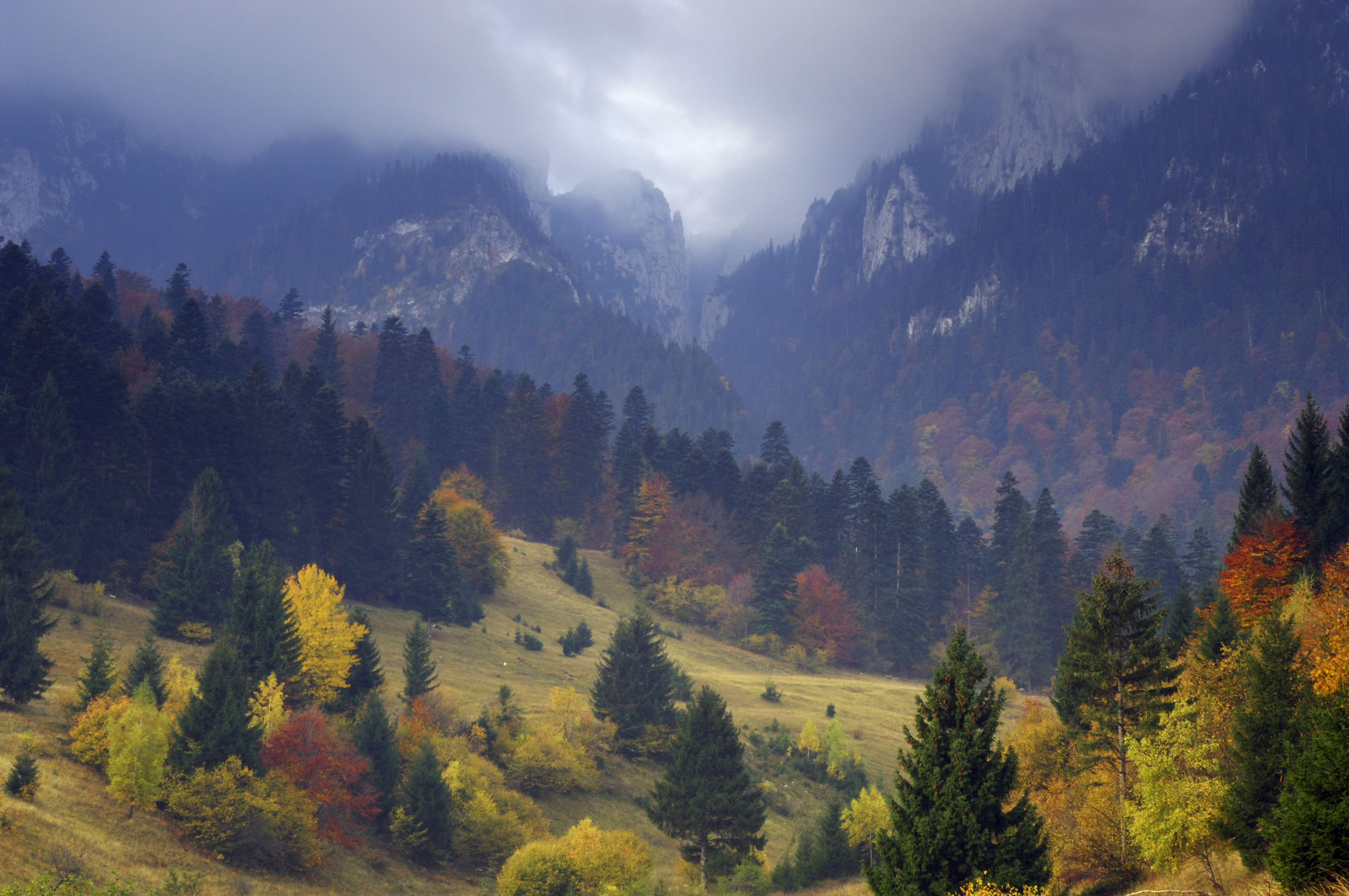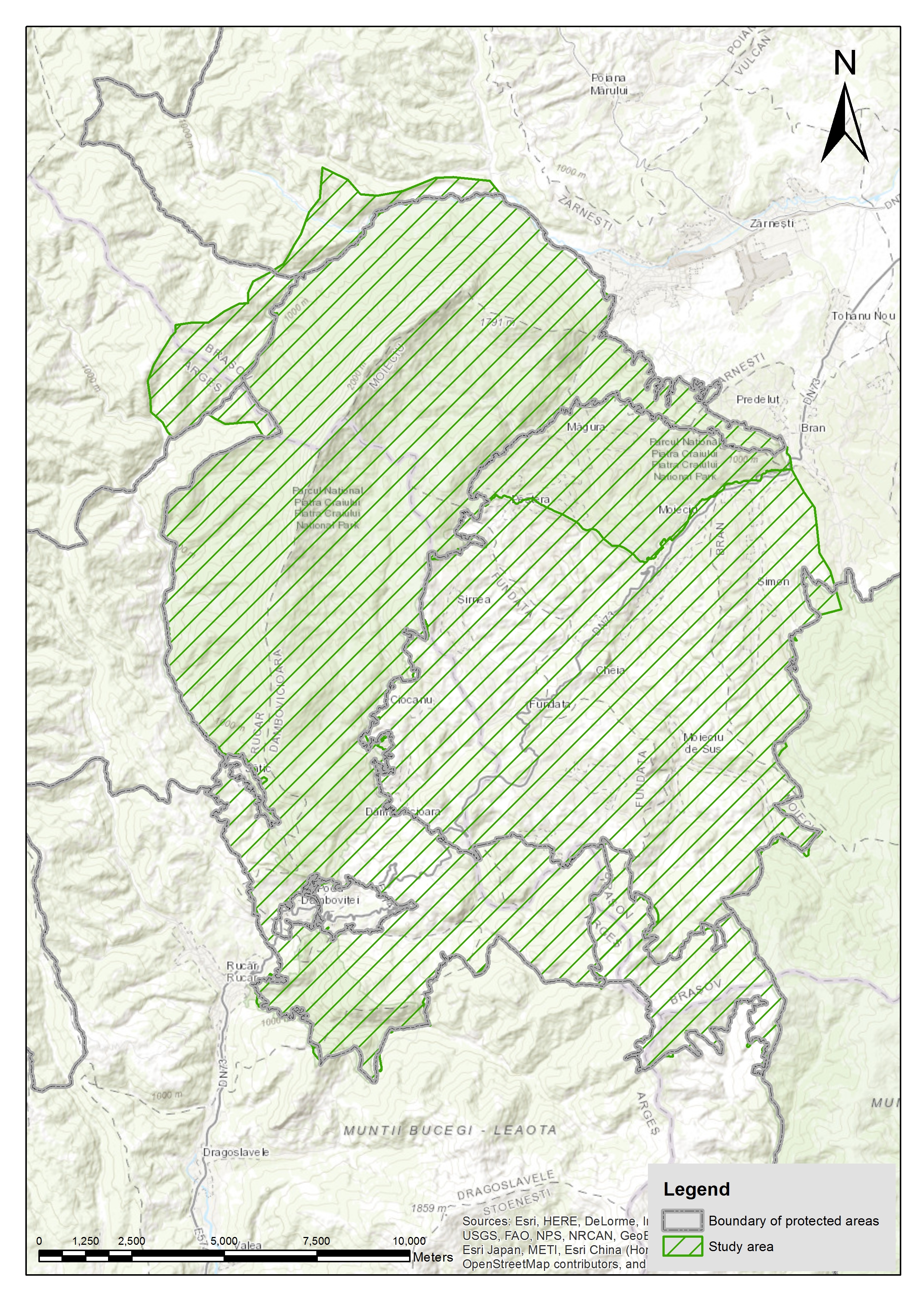ConnectGREEN - Big expectations for Piatra Craiului National Park as new methodology for ecological corridors identification will be designed for the Carpathian region
21-12-2018
A more accurate picture of the large carnivores population and the ecological corridors, but also a set of management measures for the eco-corridors in the Piatra Craiului National Park are the main expectations for the park administration as partner in the ConnectGREEN project.
Piatra Craiului National Par k from Romania is one of the four pilot sites selected within the ConnectGREEN project and it’s part of the ecological corridor Piatra Craiului NP - Bucegi Nature Park. The area shelters a rich fauna of large carnivores (brown bear, lynx and wolf) and due to its geographical position it’s an important link between the Bucegi and Fagaras Mountains, part of the South Romanian Carpathians.
k from Romania is one of the four pilot sites selected within the ConnectGREEN project and it’s part of the ecological corridor Piatra Craiului NP - Bucegi Nature Park. The area shelters a rich fauna of large carnivores (brown bear, lynx and wolf) and due to its geographical position it’s an important link between the Bucegi and Fagaras Mountains, part of the South Romanian Carpathians.
A spectacular drone footage over the area can be watched here
The ecological corridor work for Piatra Craiului National Park Administration will include the areas West and East of the Piatra Craiului NP. The East side represents the link with Leaota Natura 2000 site and with the Bucegi Nature Park. The area includes several villages, a tourist infrastructure development area and a national road, subject of future renovations and upgrading works. The West side represents the link with Iezer-Papusa and Fagaras Mountains, including a traditional natural landscape, with scattered houses, pensions, with 2 main valleys (Barsa and Dambovita) containing secondary or forest roads, with low traffic.
Mr Mircea Verghelet, Director of Piatra Craiului National Park administration, believes that through this transnational project “we will be able, together with all partners and participating stakeholders to improve the knowledge regarding ecological corridors and combine in future plans the conservation objectives of large carnivores with the pilot area development in a sustainable way”.
Three ecological corridors for large carnivores have been identified by now between Piatra Craiului NP and Bucegi NP. However some are crossing touristic areas where future developments will occur and the developers/landowners are not aware about their existence, explains Mr. Verghelet. In a previous project (BIOREGIO Carpathians) it was elaborated a set of recommendations in order to design the ecological corridors at inter-municipal level and to improve the ecological connectivity. “Hopefully at the end of the project we will have a more accurate picture of the large carnivores population and the ecological corridors, with a set of management measures for the eco-corridors that will be also included in land use planning”, he stated.
The main benefit will be represented by the identification of ecological corridors and the implementation of the regulations for preserving these corridors through the elaboration of a set of management measures.
ConnectGREEN project aims to contribute to maintaining and improving ecological connectivity between natural habitats, especially between Natura 2000 sites and other protected areas of transnational relevance in the Carpathian ecoregion, namely in Czech Republic, Hungary, Romania, Slovakia and Serbia. Partners from various fields of activity - spatial planning, research, government, nature conservation - joined forces to increase capacity for the identification and management of ecological corridors and to minimize conflicts between infrastructure development and wildlife conservation.
